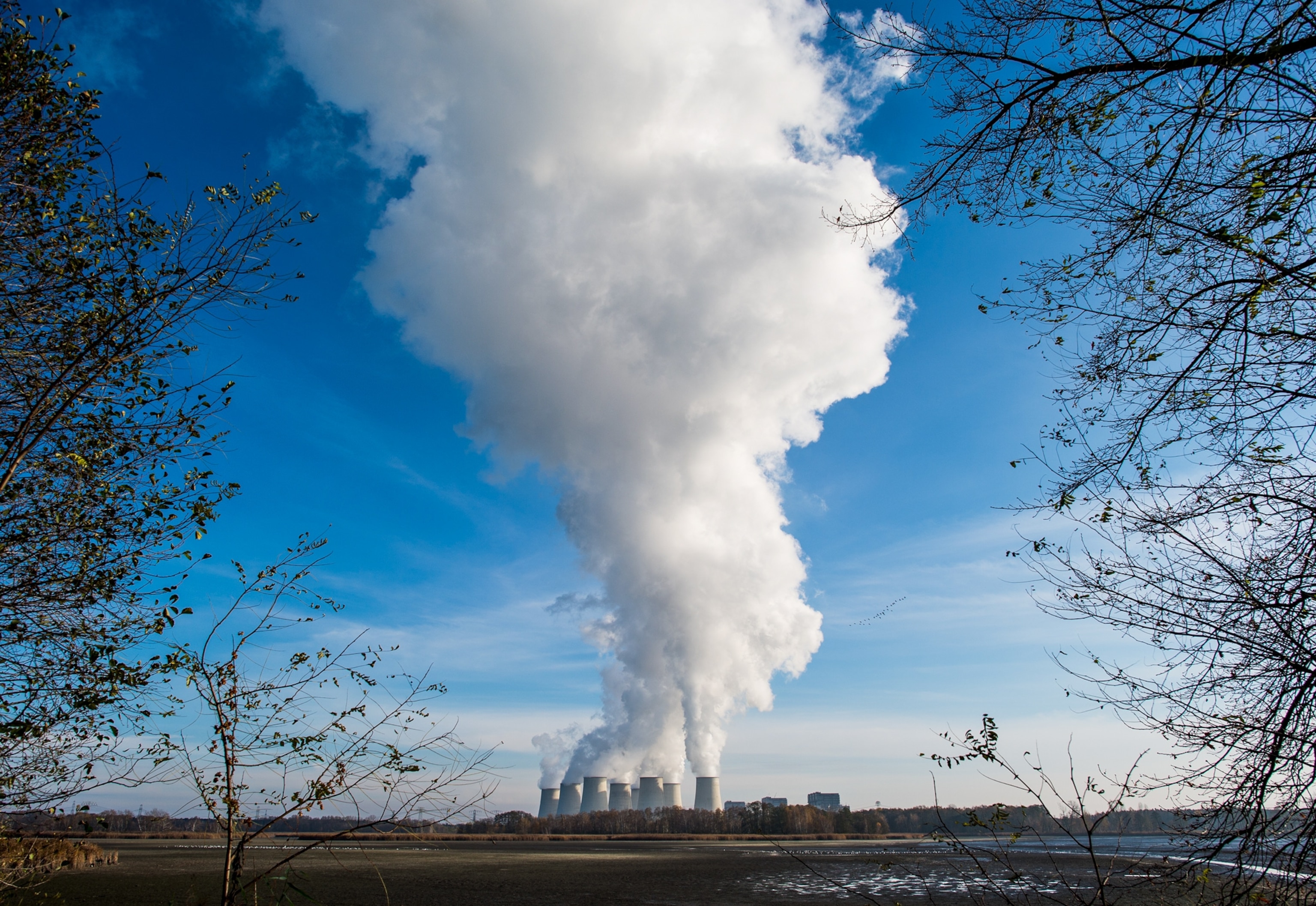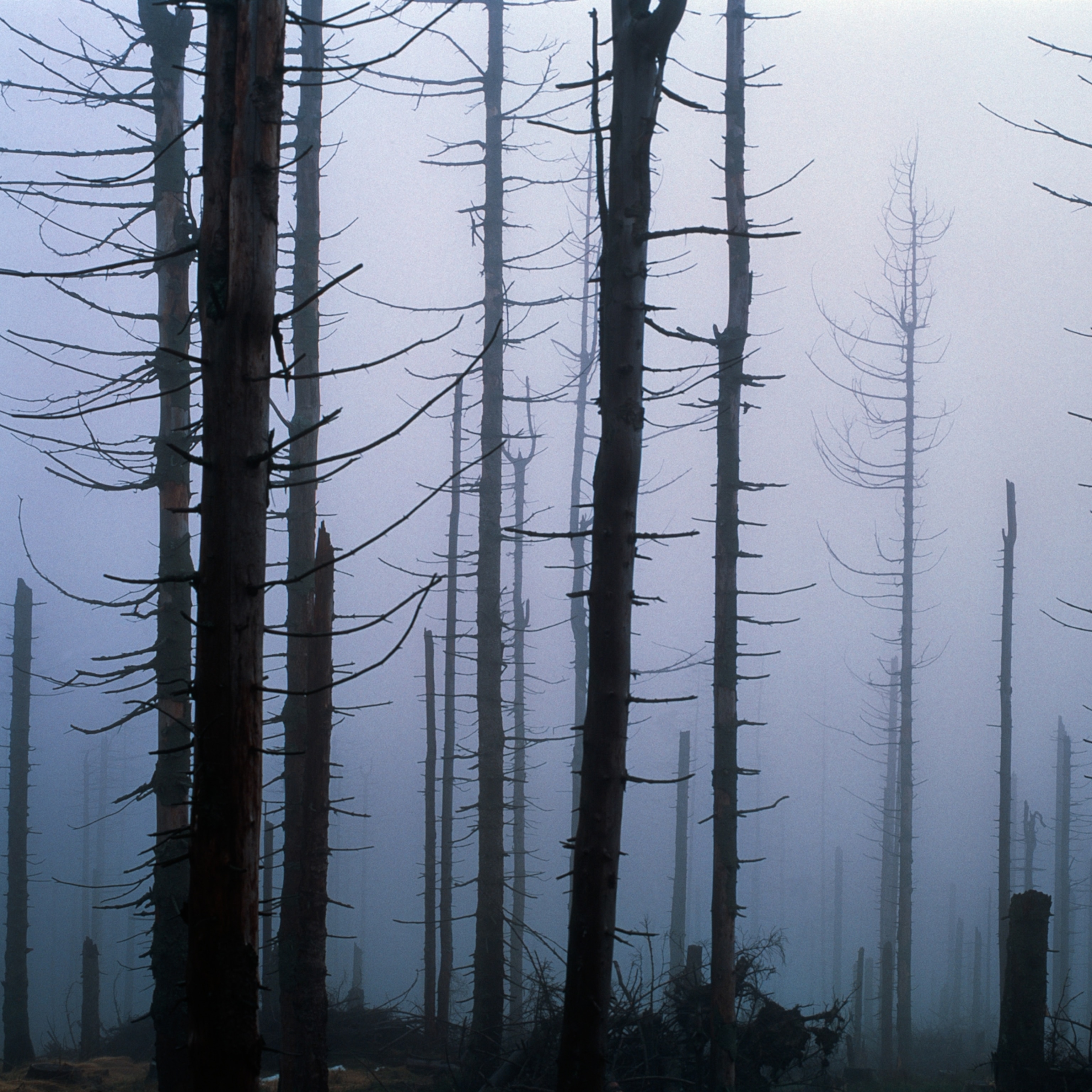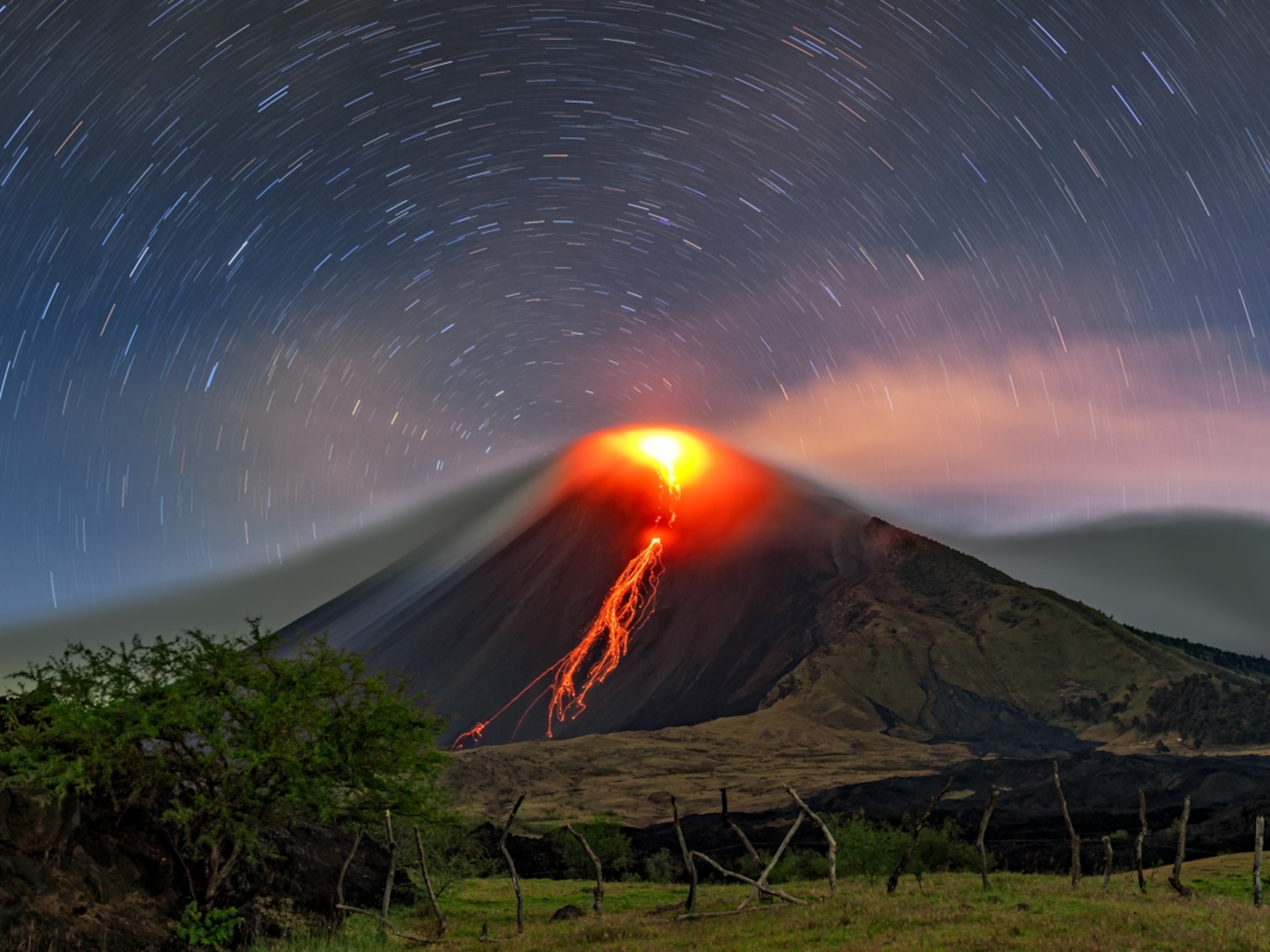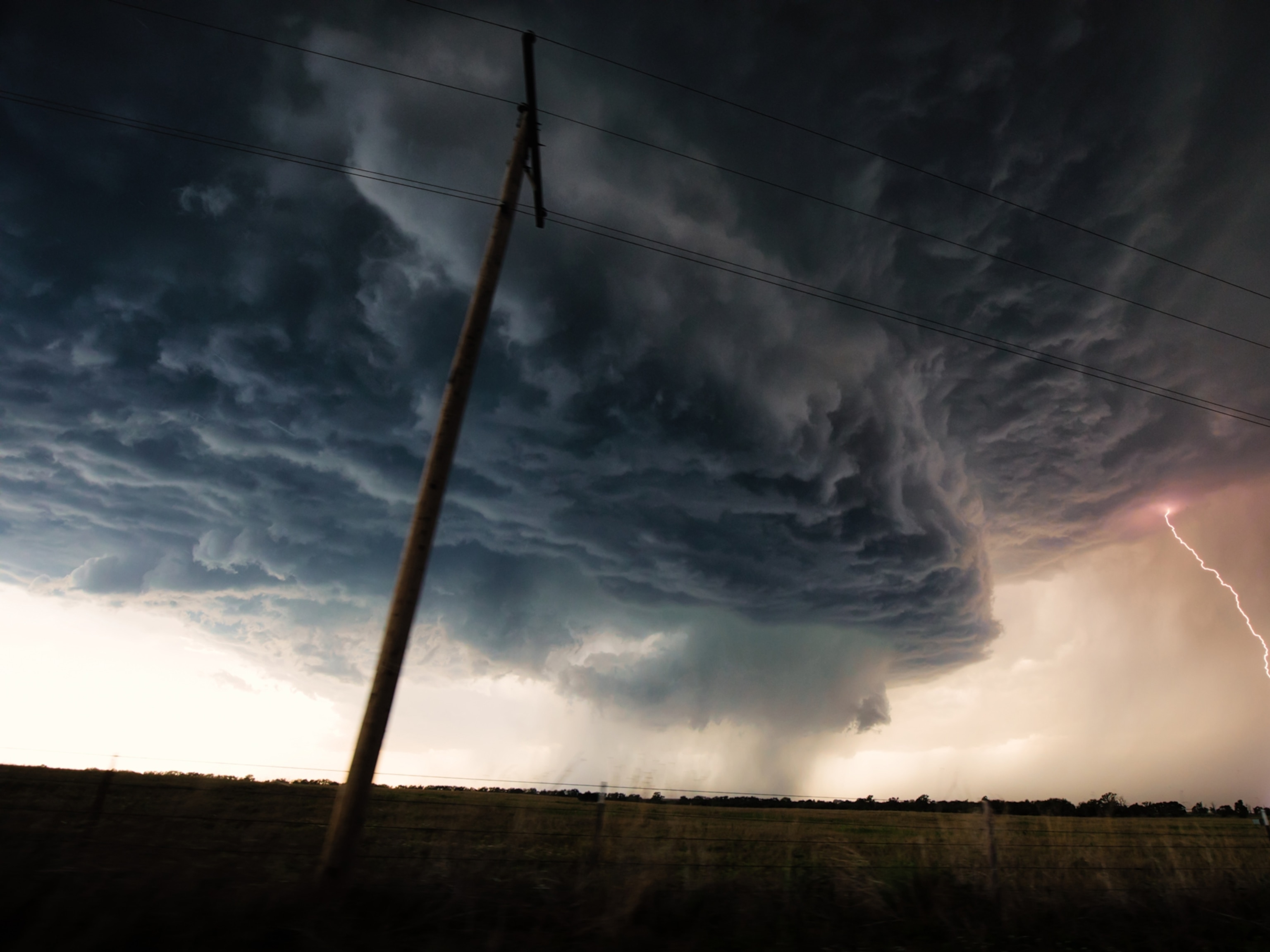
Climate Mission Impossible: Scientists Say Fossil Fuels Must Go Untapped
New study says vast amounts of coal, oil, and gas must be left untouched to limit global warming.
Canada's tar sands need to stay in the ground, the oil beneath the Arctic has to remain under the sea, and most of the world's coal must be left untouched in order to prevent global temperatures from rising more than 2°C, a study released Wednesday says.
The research, unlike other bleak assessments of the world's climate predicament, zeroes in on which regions should halt their production of coal, oil, and gas—and by how much. It comes ahead of climate talks in Paris later this year that aim to broker a new global accord to cut greenhouse gas emissions.
These emissions must remain within a "carbon budget" of about 1,100 gigatonnes of carbon dioxide by 2050 to meet the internationally accepted goal of limiting the rise in temperatures to 2°C (3.6°F) above preindustrial levels, according to the United Nations-led Intergovernmental Panel on Climate Change. To do that, countries must slash their use of fossil fuels.
Absent a dramatic global policy shift, such as a universal tax on carbon emissions, the study seems to suggest that the 2°C goal is far out of reach.
"These results demonstrate that a stark transformation in our understanding of fossil fuel availability is necessary," says the study, published in the journal Nature, by researchers at University College London's Institute for Sustainable Resources or UCL. (Related: "Scientists: Global Warming Likely to Surpass 2°C Target.")
In addition to abandoning more than 80 percent of current global coal reserves, the researchers say, the world should forego extracting a third of its oil and half of its gas reserves before 2050.
Of course, the real world is on a very different trajectory. The International Energy Agency has projected that the world's total carbon budget will be exceeded ten years earlier than the 2050 benchmark. The demand for energy, and therefore for fossil fuels, continues to grow.
The study also casts a shadow on carbon capture and storage (CCS), hailed as the technology that will let us have our fossil fuels and burn them too by reducing smokestack emissions. According to the analysis, CCS would allow only a relatively small increase—at most 6 percent—in the amount of fossil fuel that could be burned while still preventing catastrophic warming.
"Unburnable" Fuel
The researchers ask the question: If we need to stay within a carbon limit, which fossil fuels should go unused, and where are they? To find the answer, they used computer models to run economic scenarios that showed how the use of fossil fuels would change if the cost of carbon emissions were factored in. The model assigned a price to carbon and assumed that all nations would cooperate on meeting the 2-degree goal.

In the United States, where coal mining is already being challenged by existing and proposed regulations to curb pollution, 92 percent of the reserves—the amount that could feasibly be recovered given current technology and costs—would need to be left where they are. Europe would need to leave 78 percent of its coal alone; China and India, 66 percent. (Related: "In Climate Talks, Spotlight Turns to India"; "Can Coal Ever Be Clean?")
If all that coal were left unused, natural gas would fill the gap, says study co-author Christophe McGlade, a research associate at UCL. "People often talk about gas as a bridging fuel or a transition fuel to a low carbon energy future," he says. "This work does support that to some extent." (Vote and comment: "Can Natural Gas Be a Bridge to Clean Energy?")
McGlade cautions, however, that natural gas would need help from renewable energy, nuclear, and bioenergy to meet demand and that its use would eventually need to decline, leaving half its reserves untapped by 2050. "If that doesn't happen, then gas isn't really playing a transition fuel," he says. "It's become a destination fuel."
China and India would need to leave 63 percent of their gas reserves alone in order to meet the warming target; the Middle East, 61 percent. By contrast, the study finds, Europe and the United States would be able to use a much larger share of their reserves, partly because they have supply and demand centers close by: They would have to abandon just 11 and 4 percent, respectively.
As for oil, the Middle East holds more than half the world's "unburnable" oil, according to the analysis, or 38 percent of the region's reserves. Canada would not be able to use any oil from its emissions-intensive tar sands, McGlade says, unless the energy used during production became entirely carbon free. Of the Arctic's oil he says: "That's an unburnable resource if you want to stay below 2 degrees." (Related: "Denmark Eyes North Pole, But How Much Oil and Gas Await?")

Paying a Price, One Way or Another
McGlade says he was surprised to see the relatively small impact that a wide ramp-up of CCS would have on our ability to burn more fossil fuels. The study finds that because CCS is a relatively new, expensive technology, it would come too late and on too limited a scale to make a difference before 2050.
"A lot of companies and resource holders have claimed that CCS is this magic bullet: This will allow us to produce everything we want to, everywhere, and it will save us all," McGlade says. "However, that's not what the results suggest at all."
The study's prescription for the world's energy powers seems far-fetched: It assumes that companies will be willing to walk away from billions of dollars in assets.
Steven Davis, a climate scientist at University of California, Irvine, says the UCL paper did a nice job of mapping the "economic inertia" of current carbon emissions. (Related: "Tons of Emissions From Power Plants Are Already Locked In, Study Says.")
"The economic realities of proven fossil reserves and existing fossil energy infrastructure are big reasons why" the current temperature target doesn't seem plausible, Davis says. "This is the proverbial cookie jar, and ambitious targets like 2°C mean walking past a quite full jar forevermore."
Study co-author Paul Ekins contends that the cookies in that jar will go stale, as leaders begin to take climate change more seriously and enact policies that will make fossil fuels far less profitable.
"There's some deeply irrational economic behavior going on here," Ekins says of energy companies that put "hundreds of billions of dollars into finding fossil fuel resources which, actually, they are not going to be able to exploit." He believes that in the long term, a greater focus on climate goals will make fossil fuel investments increasingly risky.
Ekins says the recent plunge in oil prices, which dipped below $50 a barrel this week, was a double-edged sword: On the one hand, low-carbon sources become even more expensive compared with fossil fuels. On the other, low oil prices give a boost to the global economy that could make renewables more affordable. (Related: "Another Reactor Closes, Punctuating Reality for U.S. Nuclear Power.")
"What would be ideal," he says, would be to "use the opportunity of this fall in the oil price to start instituting a global carbon tax, which would take some of the volatility out of the prices."
Davis points to another moving target. "Large investments are being made to explore and prove fossil fuel resources," he says, pointing to technological advances such as hydraulic fracturing or fracking that have expanded North American oil and gas stores to a degree unforeseen just ten years ago. "Something not emphasized by the paper is that these reserves are not static. They are growing."
On Twitter: Follow Christina Nunez and get more environment and energy coverage at NatGeoGreen.
The story is part of a special series that explores energy issues. For more, visit The Great Energy Challenge.








